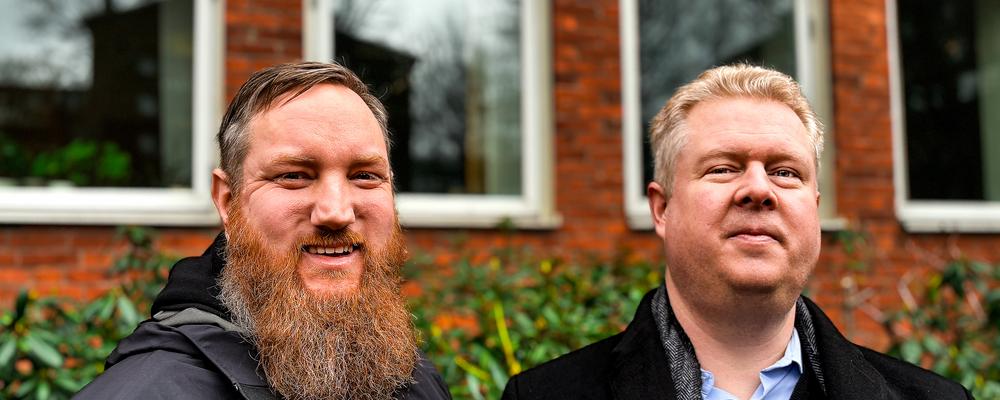Today, the use of chemicals in society is extensive and can be found in everything from household products to industrial processes. Despite extensive regulation, many chemicals reach our ecosystems. A current example is the substance PFAS, which occurs in certain forms of firefighting foam, and which has been found in both groundwater and drinking water. Swedish rivers, lakes and seas - such as the Baltic Sea - have been contaminated over the years by a large number of different chemicals which later proved to have a negative effect on animals and other aquatic organisms. One of the challenges is to be able to determine, at an early stage, which chemicals are dangerous for people and the environment.
- Our method can assess whether a substance is toxic based on its chemical structure. The method has been developed and refined by analyzing large amounts of information from previously completed laboratory tests. The large amount of data means that the method can also assess chemicals that have not yet been tested, says Mikael Gustavsson, researcher at Mathematical Sciences, Chalmers and the Department of Biology and Environmental Sciences, University of Gothenburg.
Only a small part of chemicals has a clear toxicity
The researchers believe that their new method can make it both faster and more cost-effective to find dangerous chemicals - and contribute to reducing the number of animal tests.
- Today, there are more than 100,000 chemicals on the market but only a small part has a clear toxicity for humans and animals. Assessing and testing all kinds of chemicals with today's system, which often involves animal testing, is therefore not realistic. We see that our method can represent a new alternative, says Erik Kristiansson, professor at Mathematical Sciences, Chalmers.
The researchers see that the method can be widely used in environmental research but also with authorities and companies that use or develop new chemicals. The method has therefore been made open and generally available.
- AI becomes more powerful the more information is available. We therefore expect the AI approach to finding hazardous chemicals to improve over time. It could be of great help to avoid negative chemical impacts on people and the environment in the future, concludes Erik Kristiansson.
Text and photo: Daniel Stahre
